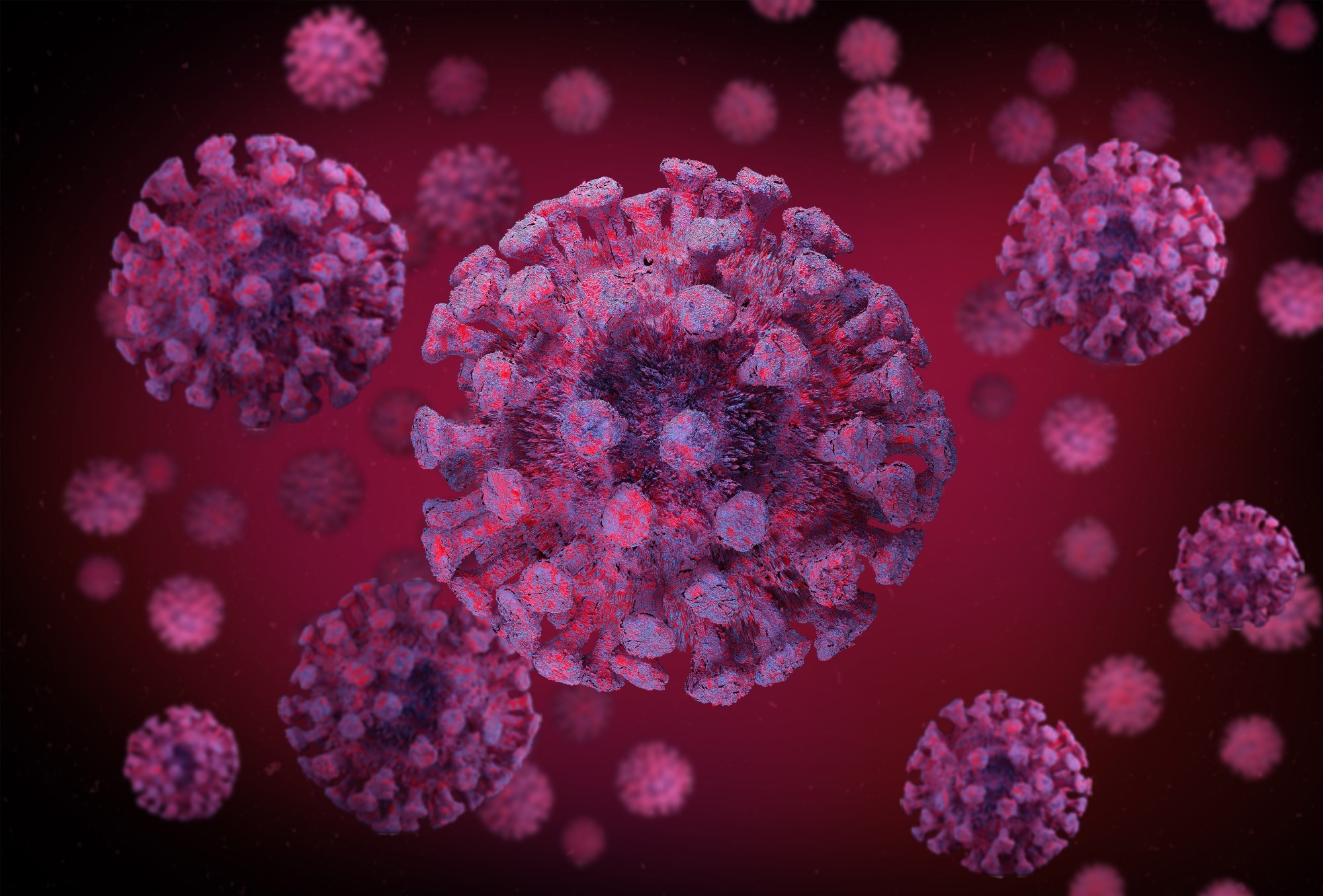A recent study published in eLife determines whether immune activation is associated with long coronavirus disease 2019 (COVID-19). Herein, patients with severe COVID-19 exhibited persistent activation of clusters of differentiation 8 (CD8+) and CD4+ T-cells as compared to patients with mild or moderate COVID-19.
 Study: Prolonged T-cell activation and long COVID symptoms independently associate with severe COVID-19 at 3 months. Image Credit: iunewind / Shutterstock.com
Study: Prolonged T-cell activation and long COVID symptoms independently associate with severe COVID-19 at 3 months. Image Credit: iunewind / Shutterstock.com
Background
Long COVID, which is also referred to as post-acute sequelae of COVID-19 (PASC), is characterized by chronic symptoms that affect multiple organs following infection with the severe acute respiratory syndrome coronavirus 2 (SARS-CoV-2). While long COVID is reported in 8-21% of mild to severe COVID-19 patients, a higher prevalence of long COVID symptoms is reported in COVID-19 patients who required admission to the intensive care unit (ICU) and/or mechanical ventilation.
Despite extensive research, it remains unclear whether current COVID-19 vaccines are effective in preventing long COVID and what treatment modalities can be used to treat the condition.
While pervious research has attributed long COVID to incomplete recovery of damaged lung tissue, auto-immune disorders, or reactivation of other latent viruses like cytomegalovirus (CMV), the relationship between long COVID and the patient’s cellular immune response has not been determined. Given the increasing burden of long COVID on healthcare systems worldwide, a better understanding of the underlying mechanisms that are responsible for this condition is urgently needed.
About the study
The researchers of the present study assessed immune activation in COVID-19 patients three months after hospitalization. Additionally, the researchers investigated whether there was an association between these patients’ immunological profile, severity of COVID-19, and long COVID symptoms.
A total of 187 samples were collected from 63 patients who had been hospitalized and were recovering from mild, moderate, or severe COVID-19. Immunological profile testing was performed for all patients.
Flow cytometry was used to determine the expression of CD38, HLA-DR, Ki67, and granzyme B on CD8+ and CD4+ T-cells. Enzyme-linked immunosorbent assay (ELISA) was also used to determine the levels of interleukin 4 (IL-4), IL-7, IL-17, and tumor necrosis factor-alpha (TNF-α) in plasma.
T-cell response during infection does not cause long COVID
Three months following SARS-CoV-2 infection, activated CD-4+ and CD-8+ T-cell levels, as well as other cytokines including TNF-α, IL-4, IL-7, and IL-17, were higher in patients with severe COVID-19 as compared to those with mild or moderate disease. At this time point, patients with severe COVID-19 also experienced a greater number of symptoms related to long COVID as compared to those with mild or moderate disease.
When these observations were correlated to the immunological analyses of these patients, the associations were not statistically significant. This indicates that there is no direct correlation between long COVID and the immunological findings.
Inflammatory events continue to occur in the patient’s immune system after hospitalization with COVID-19. Similar results were observed in the immunological analysis at both three and 12 months following recovery from COVID-19.
Cytokine and T-cell levels rose three months following infection but ultimately decreased by 12 months. This can be attributed to a high viral load during the initial stage of the disease, which increases cytokine levels and, as a result, further stimulates the release of T-cells. This observation validates similar results reported in previous studies.
Likewise, 80% of patients with mild, moderate, and severe COVID-19 reported long COVID symptoms, which aligns with previous research.
The prevalence of long COVID is higher in patients who were hospitalized and/or admitted to the ICU. However, patients who developed long COVID did not appear to have similar risk factors to those who developed acute viral infections, thus indicating that these processes may have different pathophysiologies.
Conclusions
Prolonged activation of T-cells and long COVID symptoms may associate independently with severe COVID-19 three months after recovery. Thus, the evolution of long COVID from COVID-19 may be an independent process, as no correlation in the immunochemistry of both conditions was observed.
Although severe COVID-19 patients exhibited persistent T-cell activation as compared to mild/moderate COVID-19 patients, the number of long COVID symptoms did not correlate with immune activation after adjusting for sex, age, and COVID severity.
Some limitations of this study include inadequate tissue samples, which led to an inability to analyze T-cells, which have essential anti-inflammatory and regulatory roles. Another limitation was the small sample size and racial background of the participants, who were predominantly White Caucasians.
Additional studies are needed for a more comprehensive understanding of the pathophysiology and evolution of long COVID, considering its enormous impact on public health and the global economy.
Journal reference:
- Marianna, S., Michaela G., Fergus H. et al. (2023) Prolonged T-cell activation and long COVID symptoms independently associate with severe COVID-19 at 3 months. eLife 12. doi:10.7554/eLife.85009